On the morning of June 17, the Vietnam Union of Science and Technology Associations (VUSTA) in collaboration with the Institute of Economics and Development organized a workshop on "Policy on developing carbon credit market: issues and recommendations".
Speaking at the workshop, Associate Professor, Dr. Hoang Van Phu, Chairman of the Scientific Council of the Institute of Economics and Development, said that the carbon credit market is essentially an economic mechanism that allows organizations and businesses to buy and sell the right to emit greenhouse gases ( CO2 ). This mechanism not only creates financial incentives to promote emission reduction activities but also effectively allocates resources among economic entities. With the “green growth” model, the carbon credit market is the economic tool that determines the ability to promote greenhouse gas emission reduction and combat climate change.

In the world , many countries have implemented and achieved certain results from this model, creating resources for sustainable development. In Vietnam, to achieve the goal of net zero emissions by 2050, Vietnam has taken important steps in building a legal framework for the carbon credit market. With 3 key legal documents: Law on Environmental Protection 2020; Decree No. 06/2022/ND-CP of the Government as the main management tool, establishing principles, methods and mechanisms for inventory, reporting, and mandatory emission reduction; and especially Decision No. 232/QD-TTg dated January 24, 2025 approving the Project on carbon market development in Vietnam.
These regulations create a strategic and comprehensive policy framework, laying the foundation for Vietnam to not only effectively respond to climate change, but also create a green, transparent and sustainable economy.
In addition to favorable factors, Mr. Phu also said that the carbon credit market in our country is still in its infancy and has only recently received attention, and carbon credit trading activities have only stopped at spontaneous, fragmented and small-scale activities. Therefore, the policy system to guide, encourage and support the development of the carbon credit market is also in its infancy.
Regarding the development of the carbon credit market, according to Dr. Nguyen Manh Hai, an economic expert, the carbon credit market is an important tool to help achieve the goal of reducing greenhouse gas emissions approved in the Green Growth Strategies, as well as the National Strategy on Climate Change.
By issuing and trading carbon credits, organizations and businesses can reduce the cost of complying with emission regulations, while creating incentives for investment in clean technology and emission reduction projects. Developing the carbon credit market also helps Vietnam integrate into the global carbon market, improve product competitiveness and attract investment from countries around the world.
Proposing that in order for Vietnamese enterprises to take full advantage of the benefits from the carbon credit market, Dr. Dang Hoang Ha, Trade Union University, said that the Government needs to support enterprises in building technical capacity in MRV (measurement, reporting, verification system) through training programs, consulting and financial support.
Along with that, there should be financial incentive policies, such as direct support, tax incentives or green credit guarantee funds, to help businesses reduce the initial cost of investing in clean technology. In addition, the legal framework should facilitate participation in the international carbon credit market, including the recognition of internationally standardized credits to help Vietnamese businesses expand global trading opportunities.
According to experts, Vietnam is facing an important opportunity to accelerate the transition to a low-carbon economy. However, if it is slow in perfecting its institutions, standardizing emissions data, and improving business capacity, the opportunity to integrate and compete in the global carbon market will be narrowed.
For the carbon market to operate effectively, close coordination between ministries, sectors and localities in managing and allocating emission quotas is required. At the same time, it is necessary to complete the legal framework according to international standards, establish financial support mechanisms such as: Green credit guarantee fund, tax incentives, and organize training to improve MRV technical capacity for businesses.
This not only helps Vietnam reduce emissions in accordance with international commitments, but also opens up new financial opportunities, enhancing the competitiveness of the economy in the context of green globalization.
Source: https://nhandan.vn/xay-dung-chinh-sach-phat-trien-thi-truong-tin-chi-carbon-post887546.html


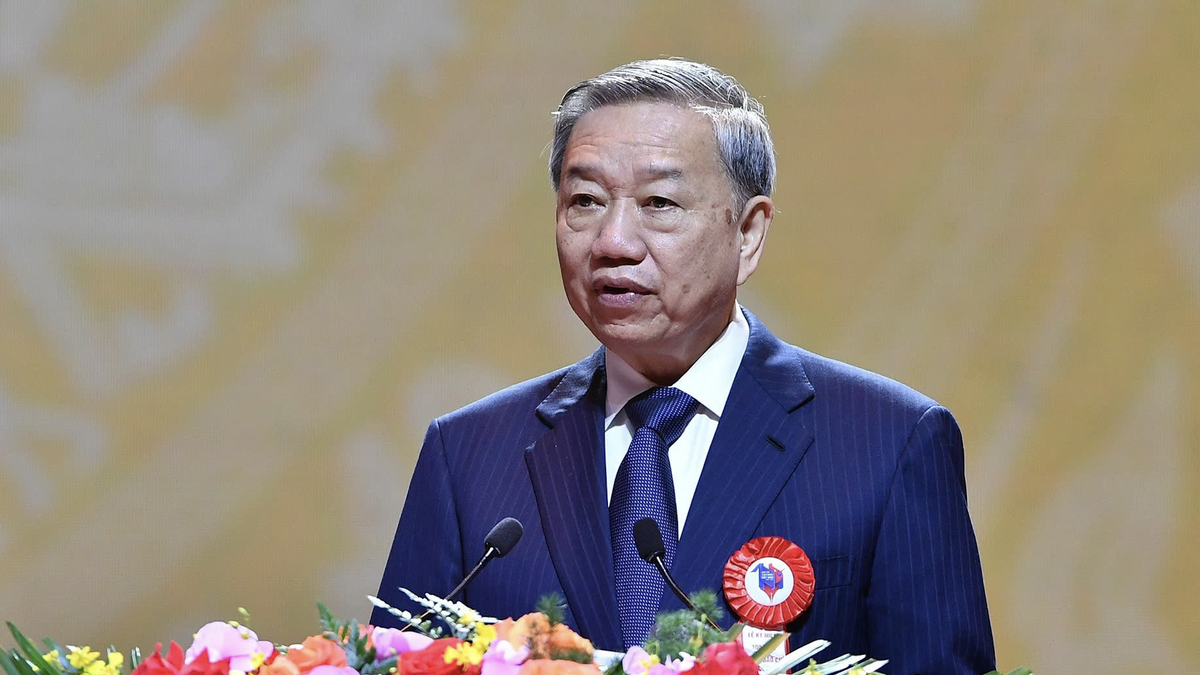









![[e-Magazine] Reporters must know how to create multi-platform products](https://vphoto.vietnam.vn/thumb/402x226/vietnam/resource/IMAGE/2025/6/21/7e3f0e4d62434cffb490109bf838e069)

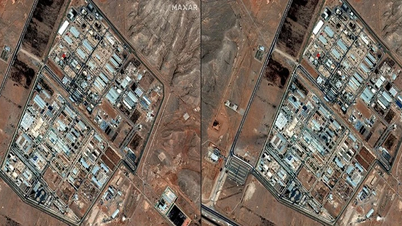





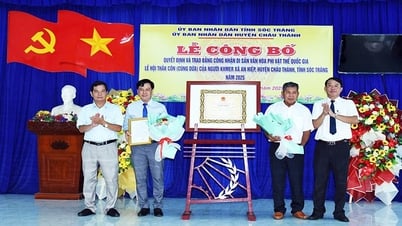





![[Photo] Central Propaganda and Mass Mobilization Department meets with exemplary journalists](https://vphoto.vietnam.vn/thumb/1200x675/vietnam/resource/IMAGE/2025/6/21/9509840458074c03a5831541450d39f8)












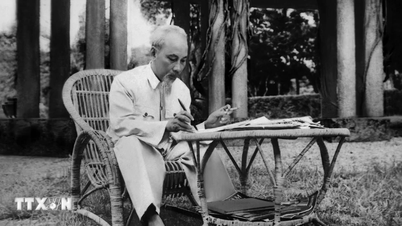










![[Maritime News] Wan Hai Lines invests $150 million to buy 48,000 containers](https://vphoto.vietnam.vn/thumb/402x226/vietnam/resource/IMAGE/2025/6/20/c945a62aff624b4bb5c25e67e9bcc1cb)


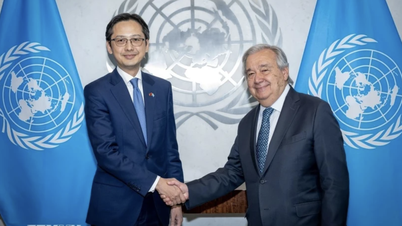
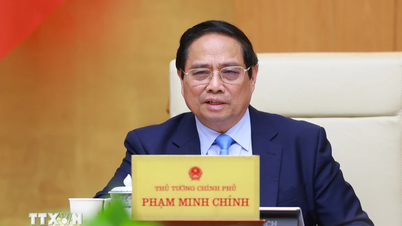















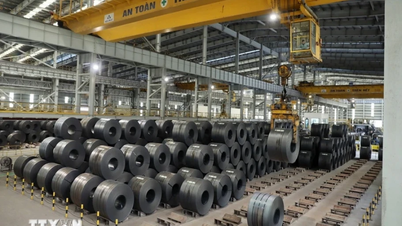
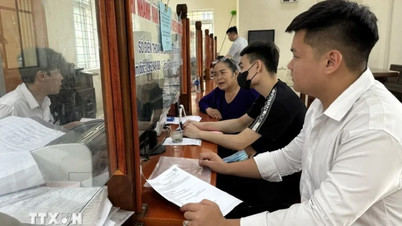
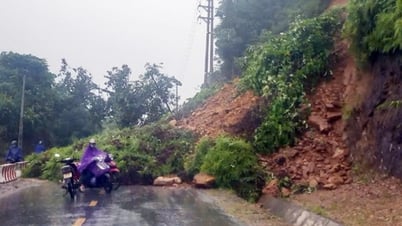













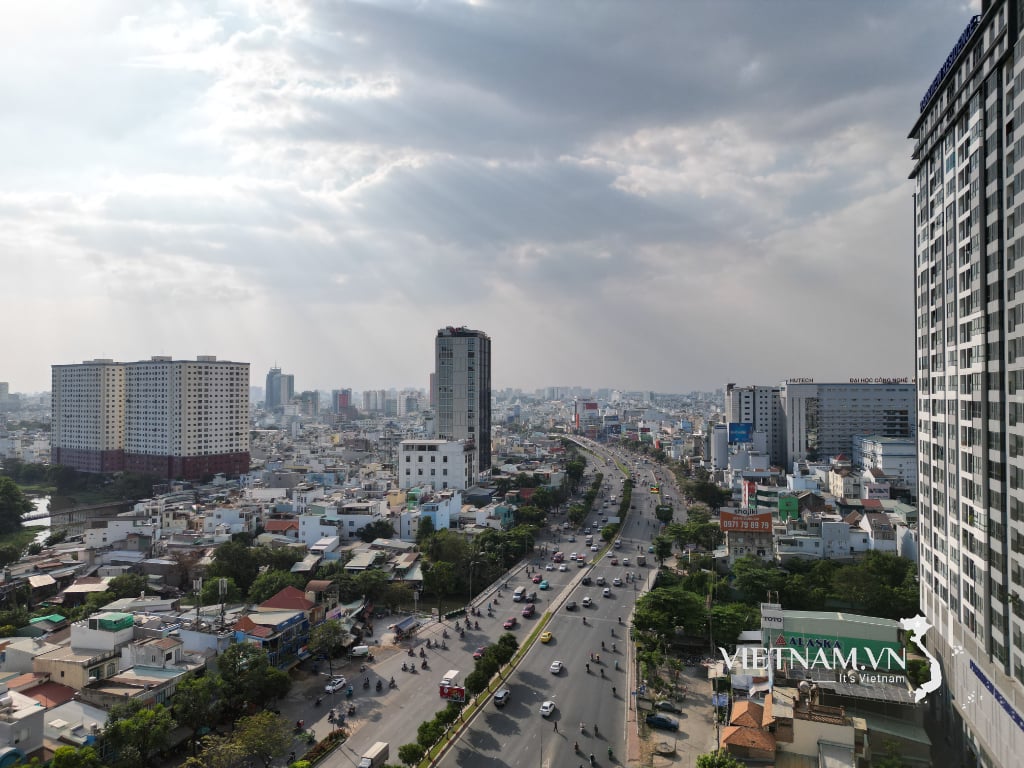

Comment (0)